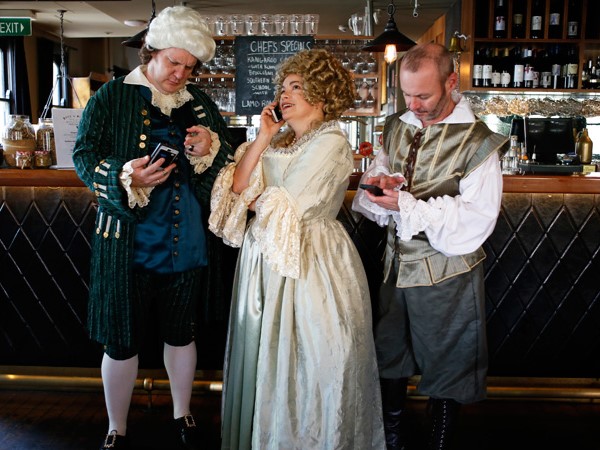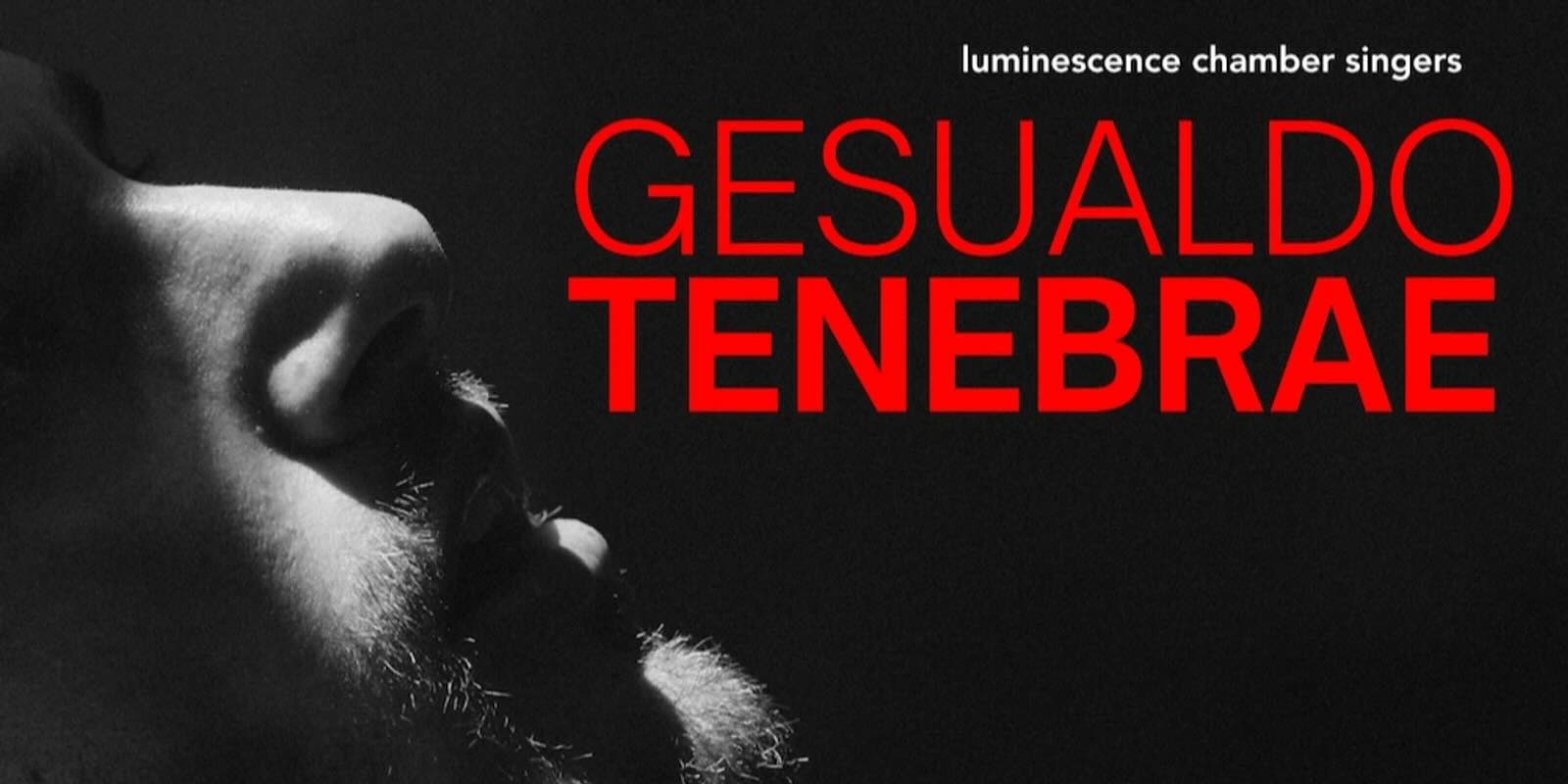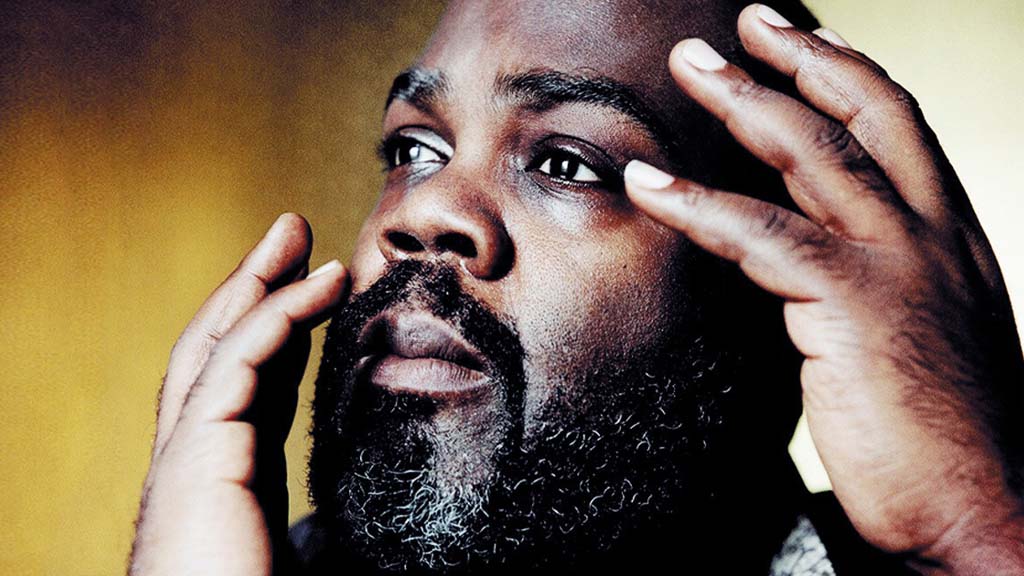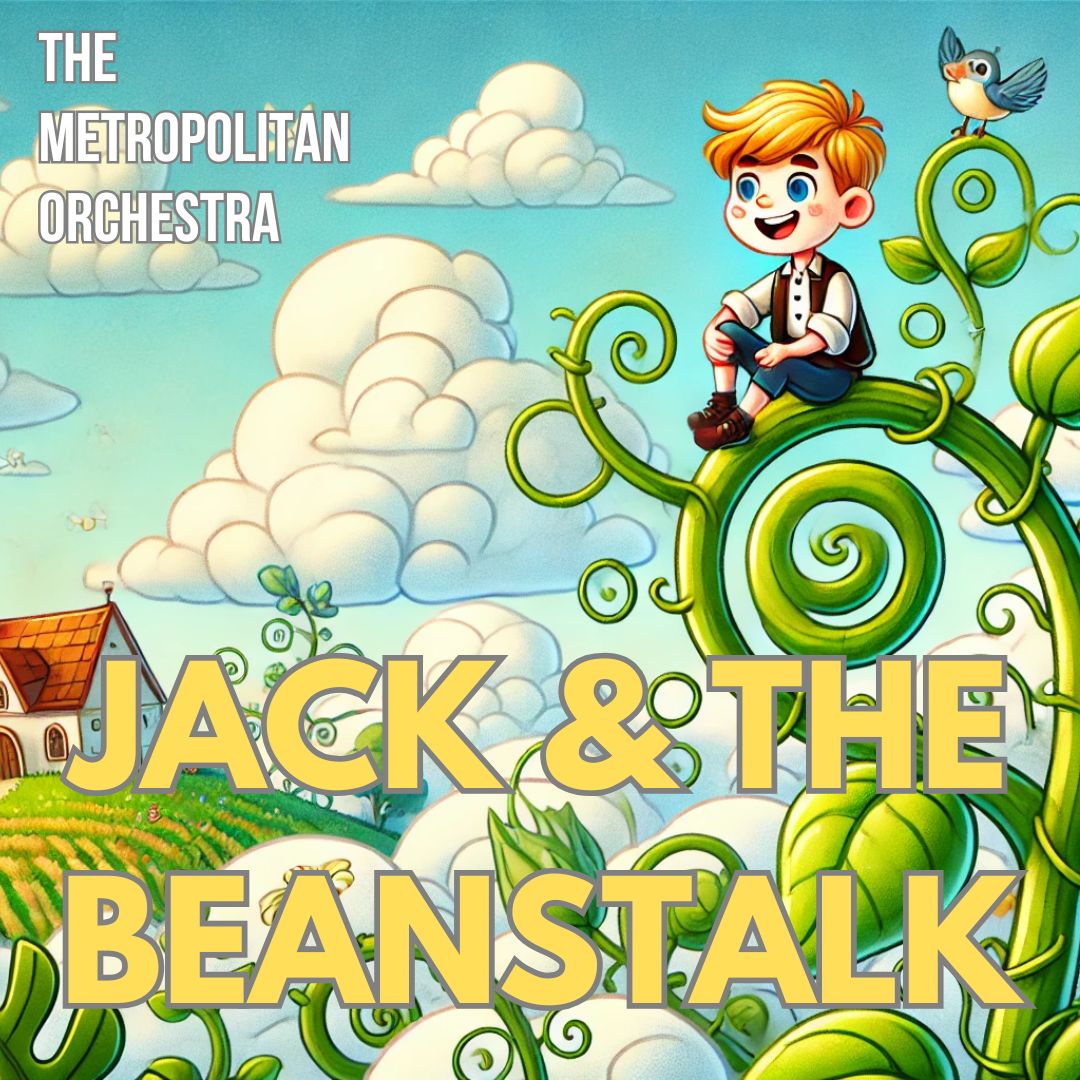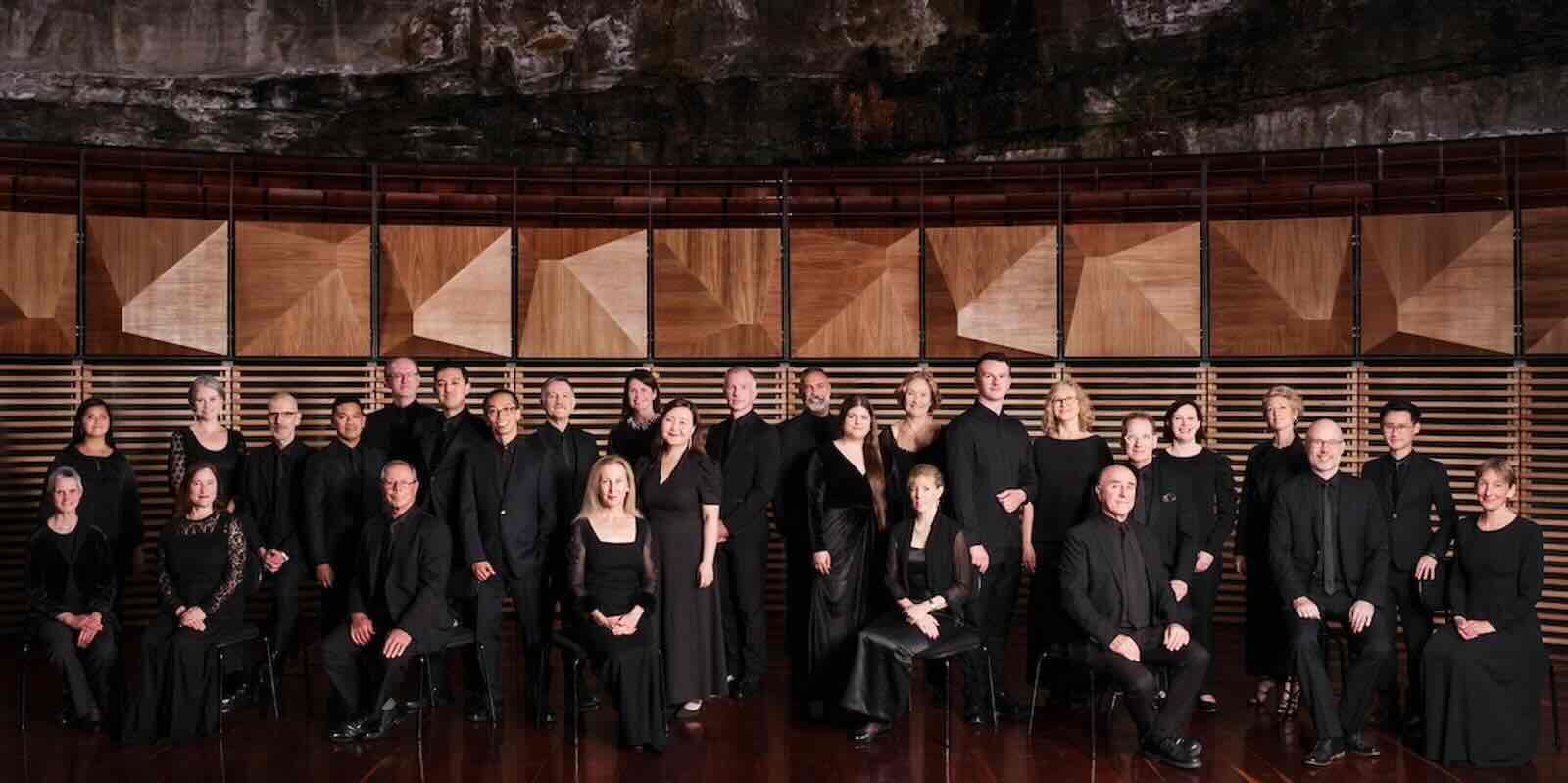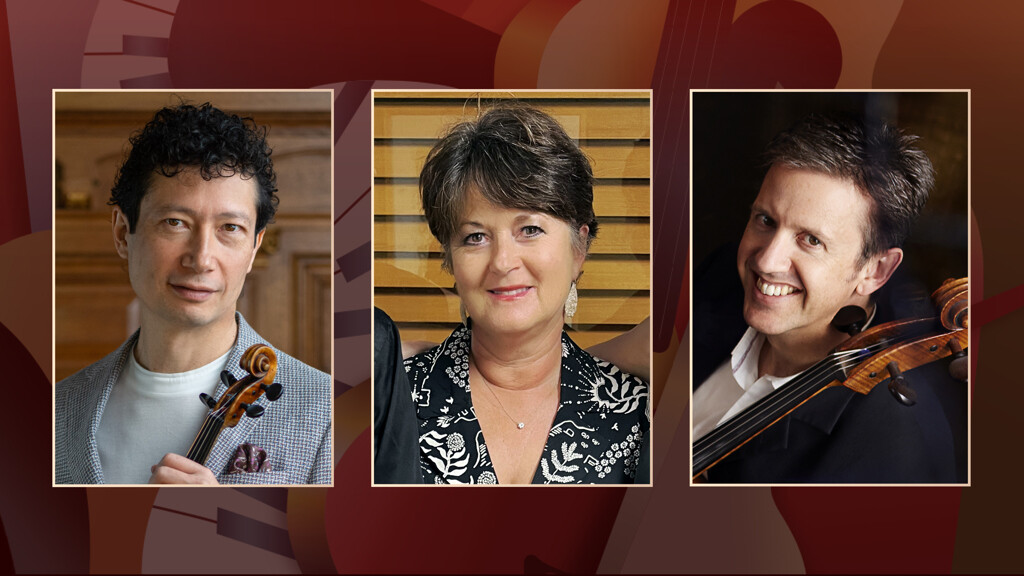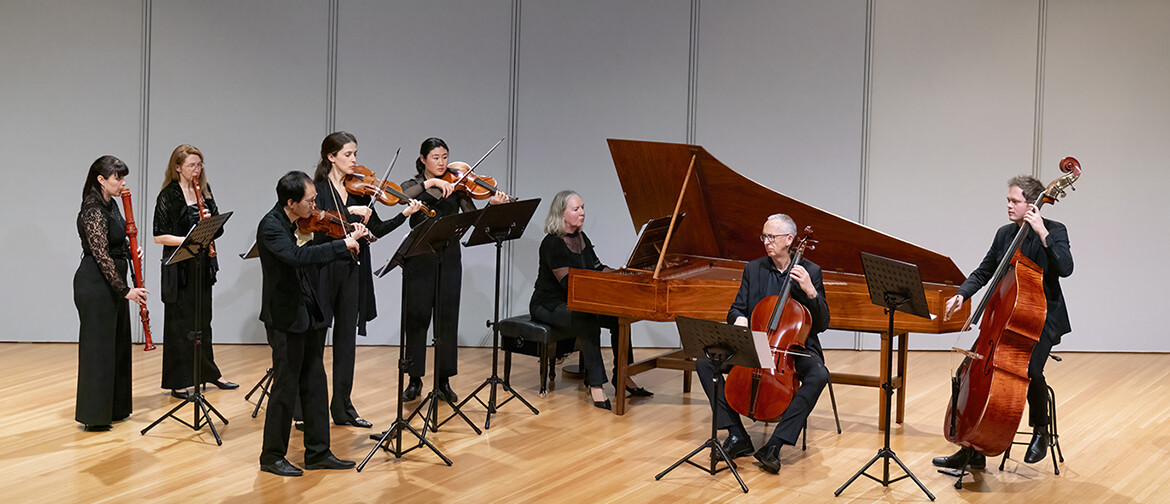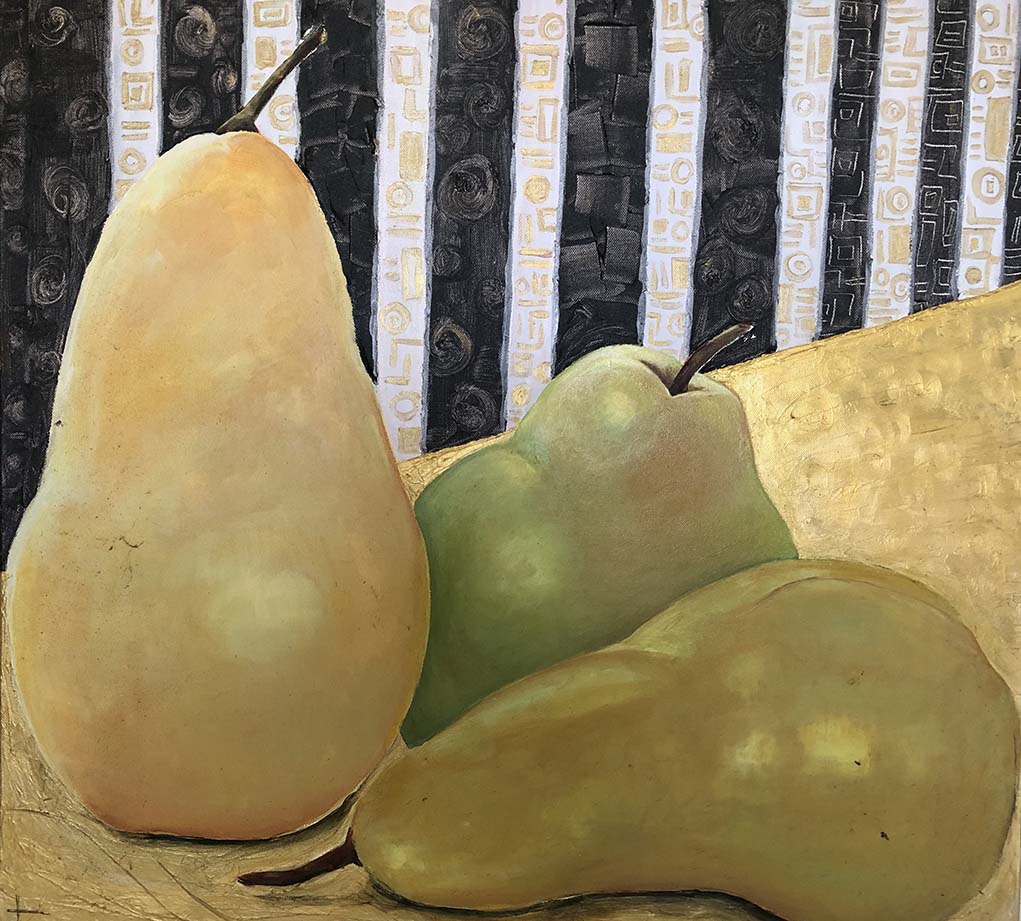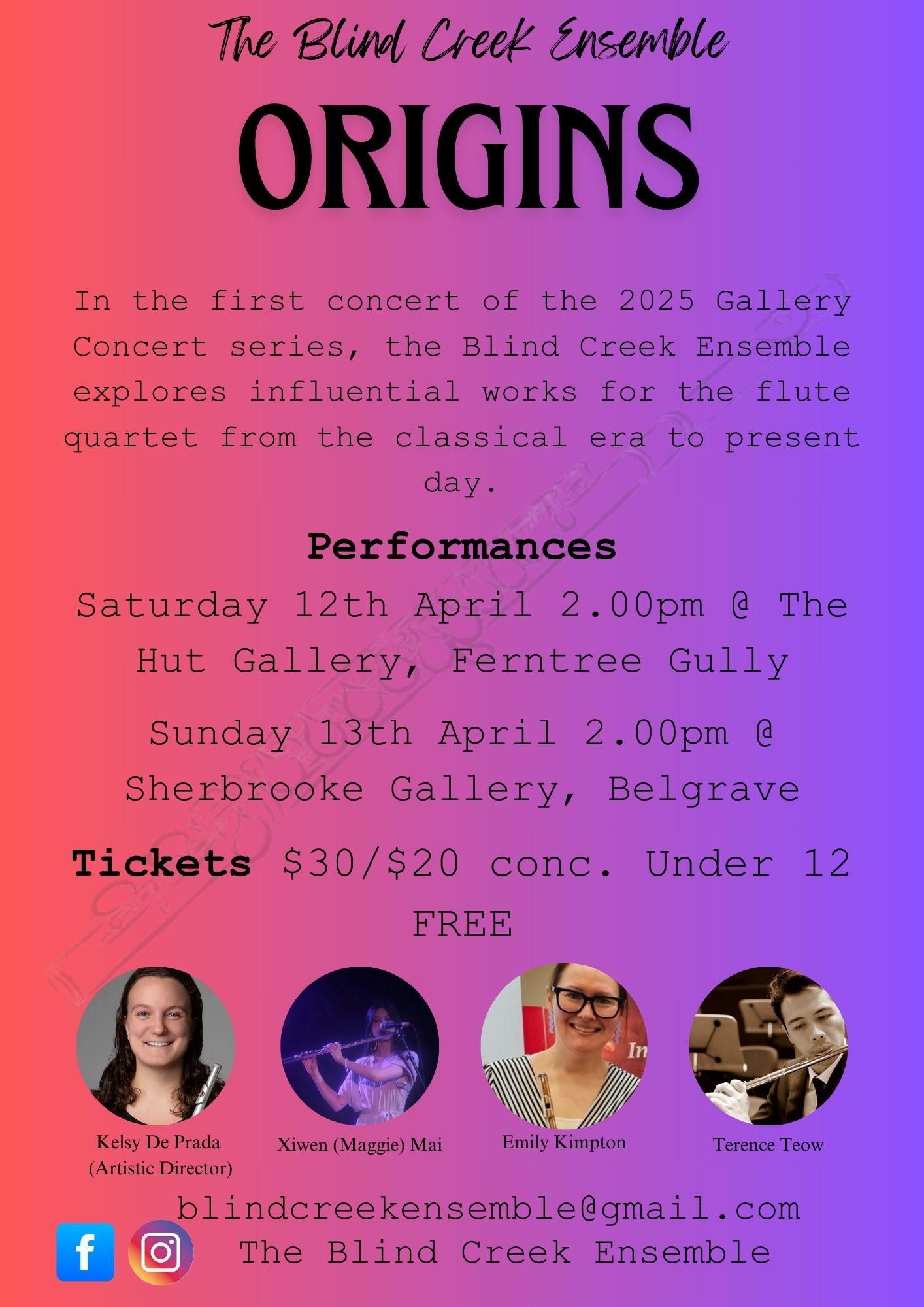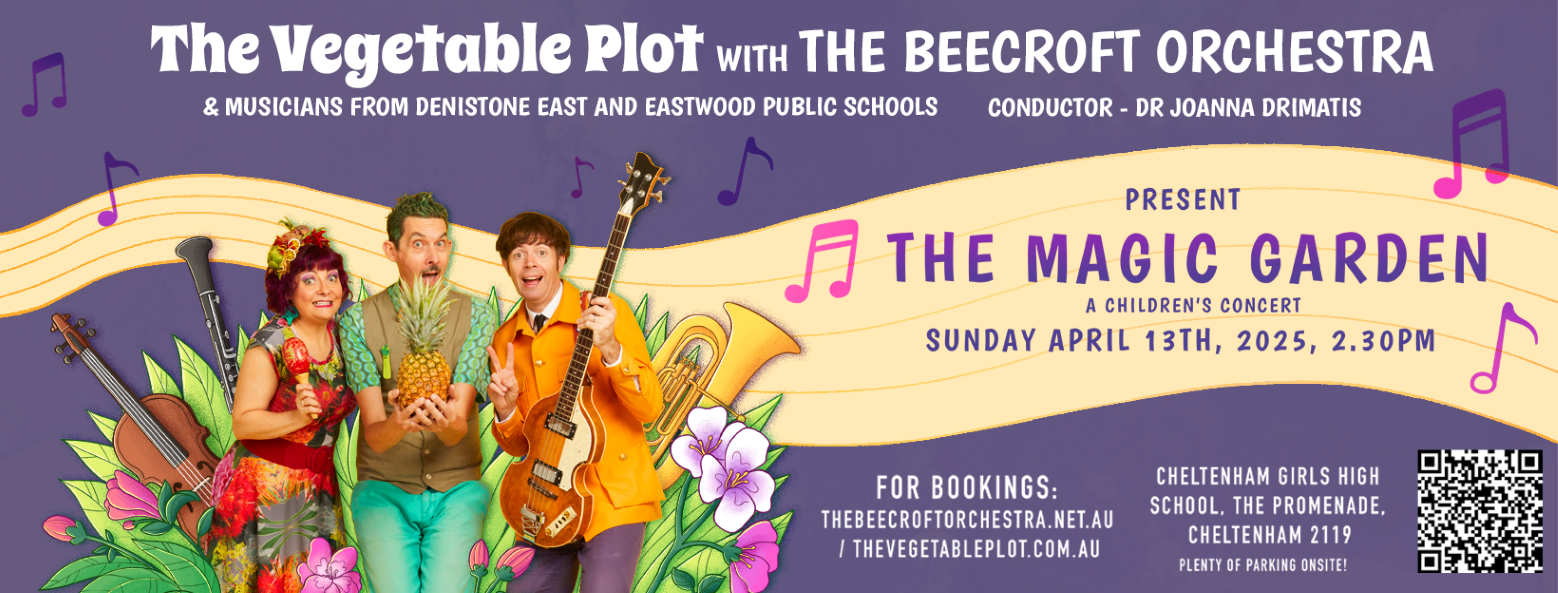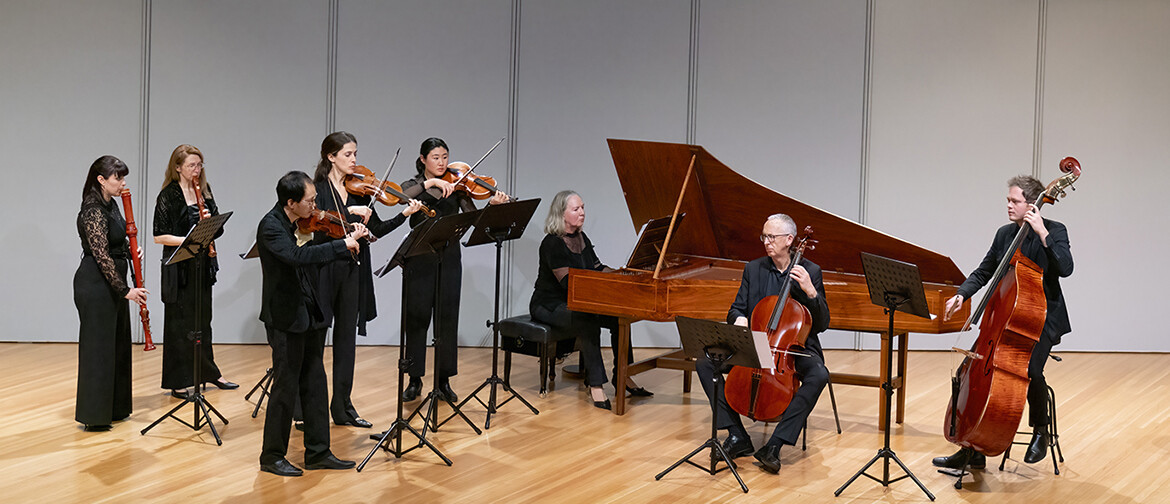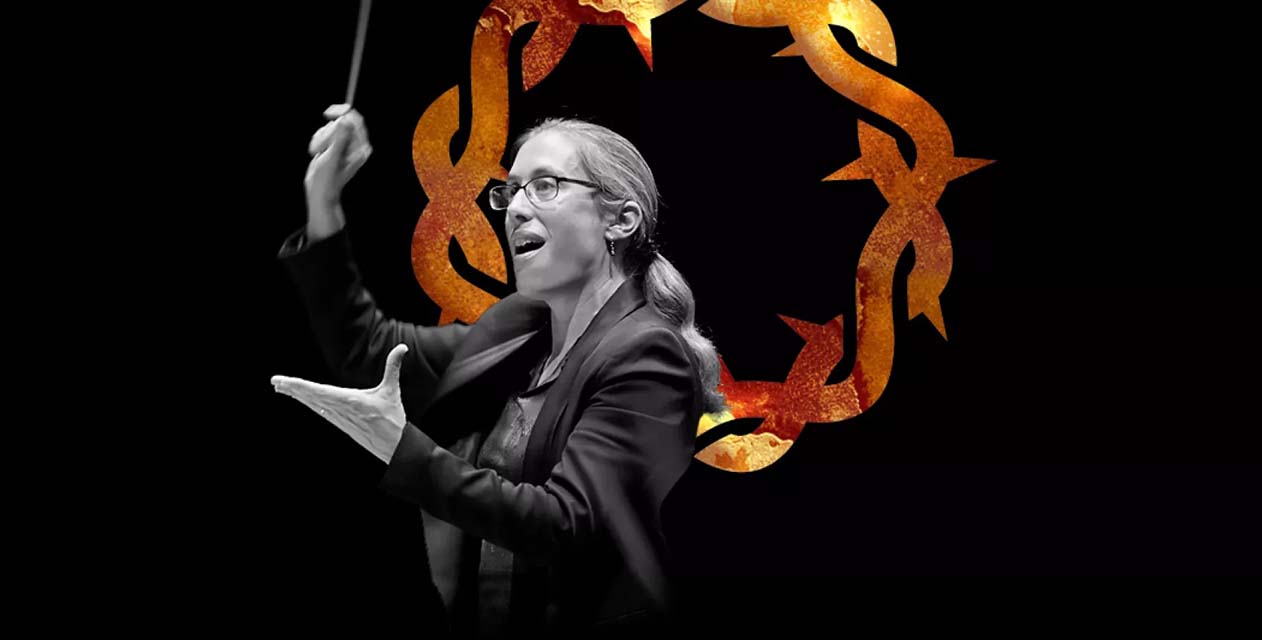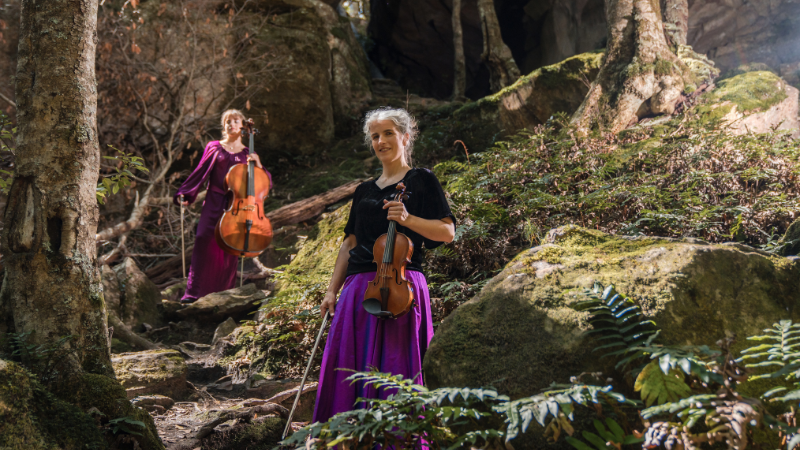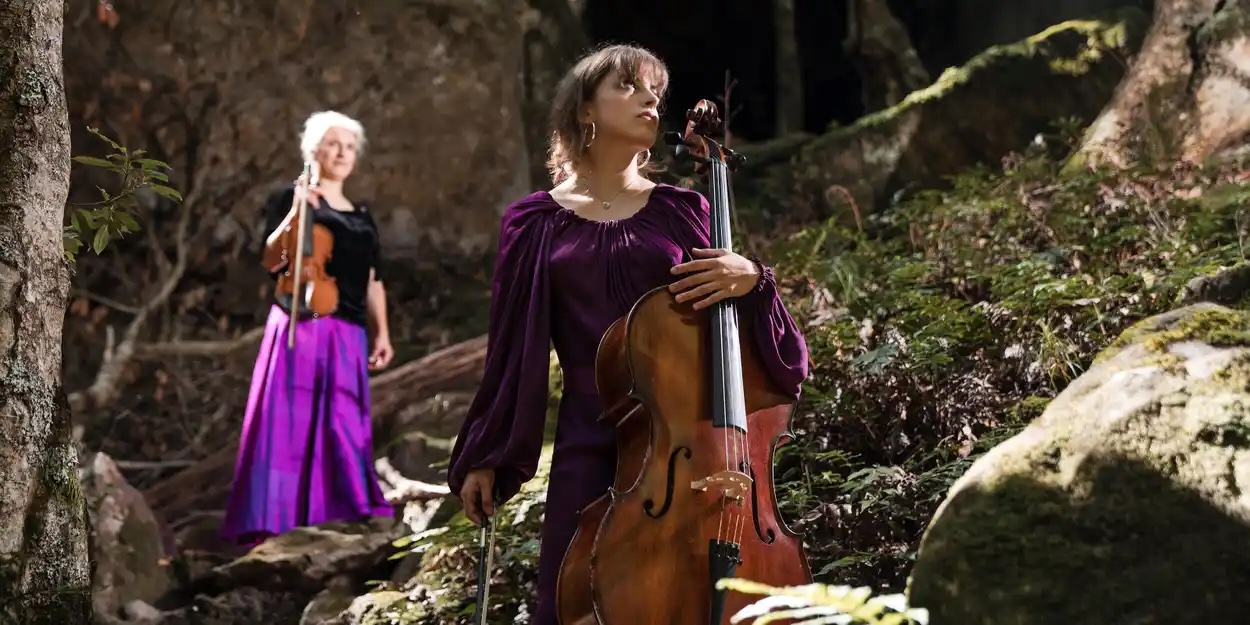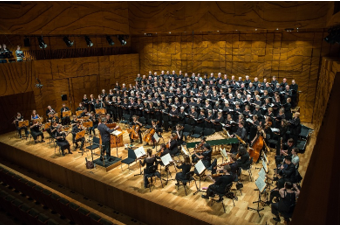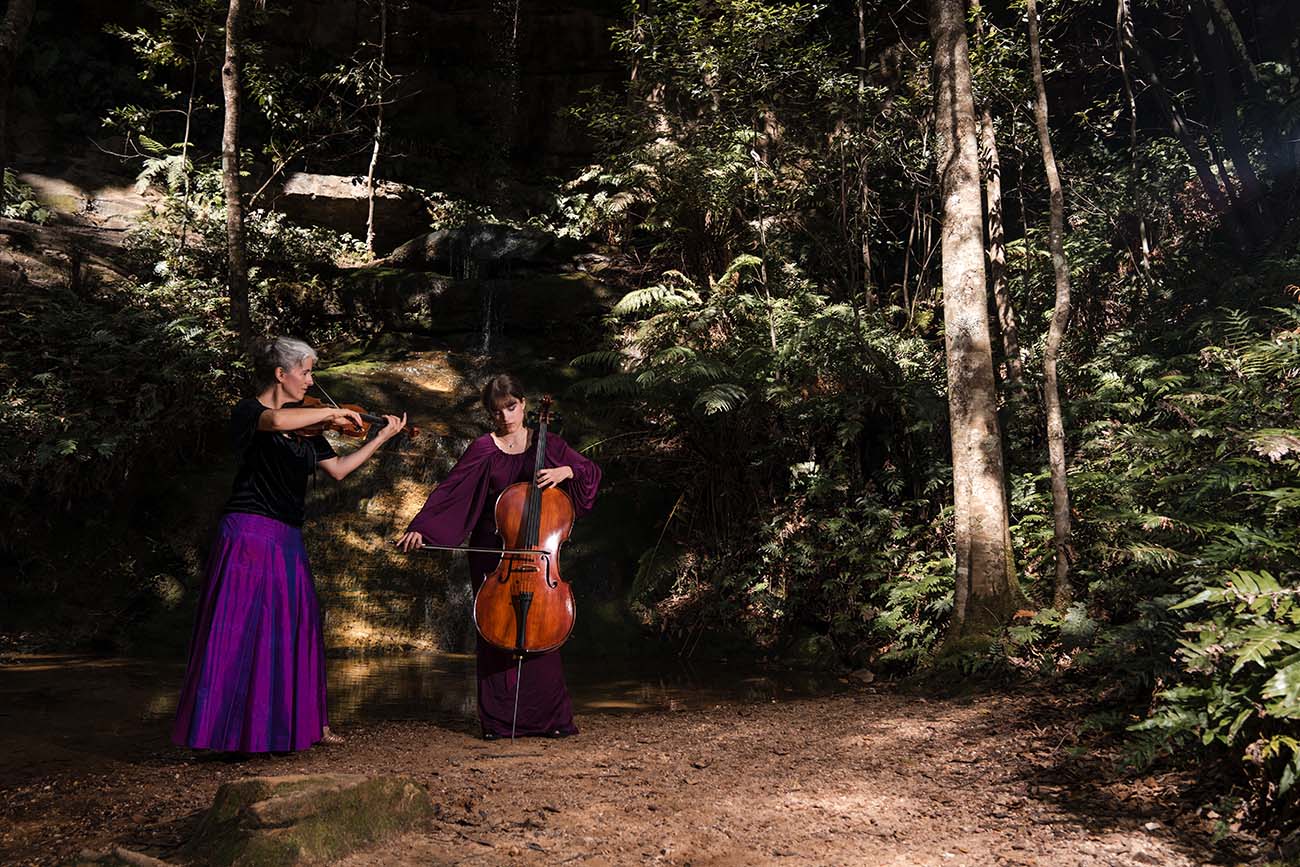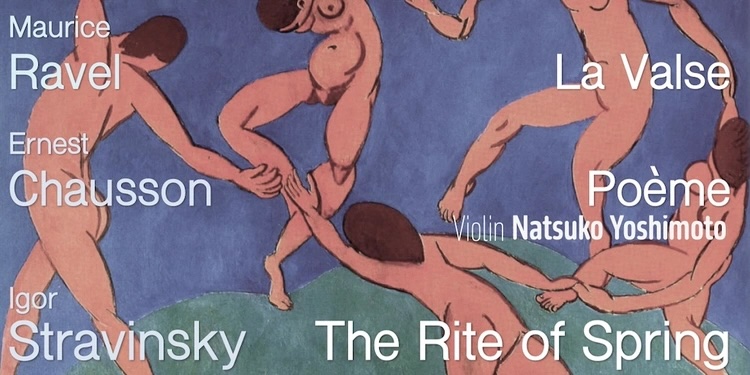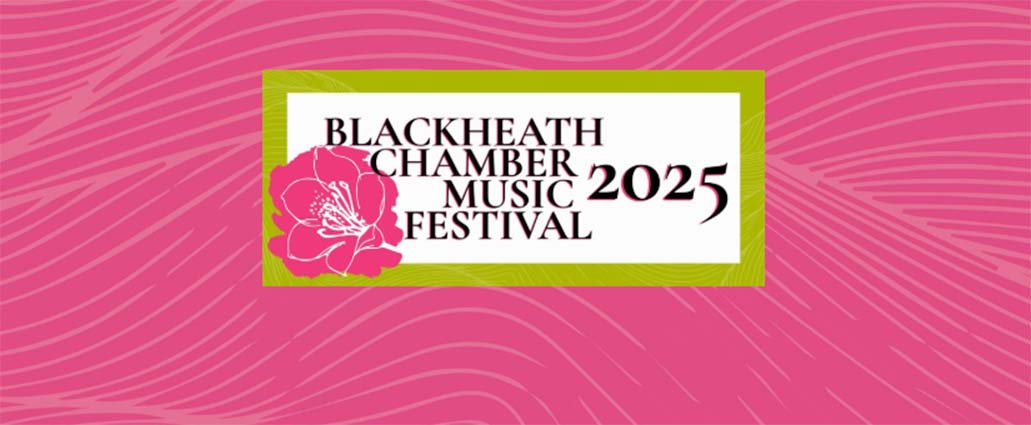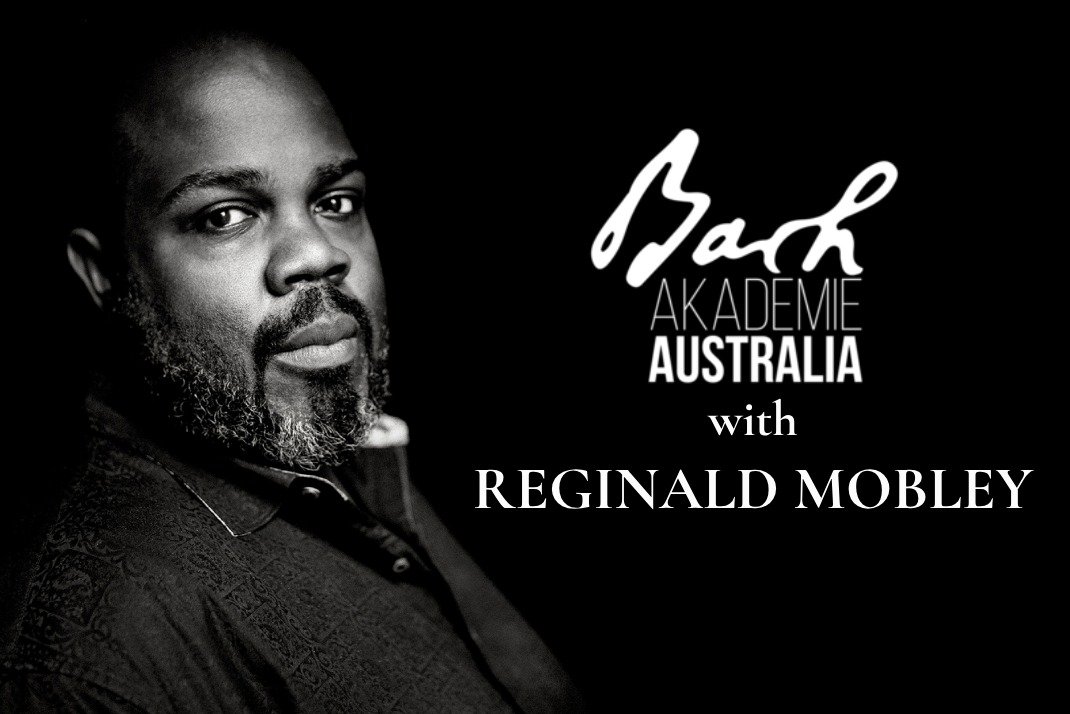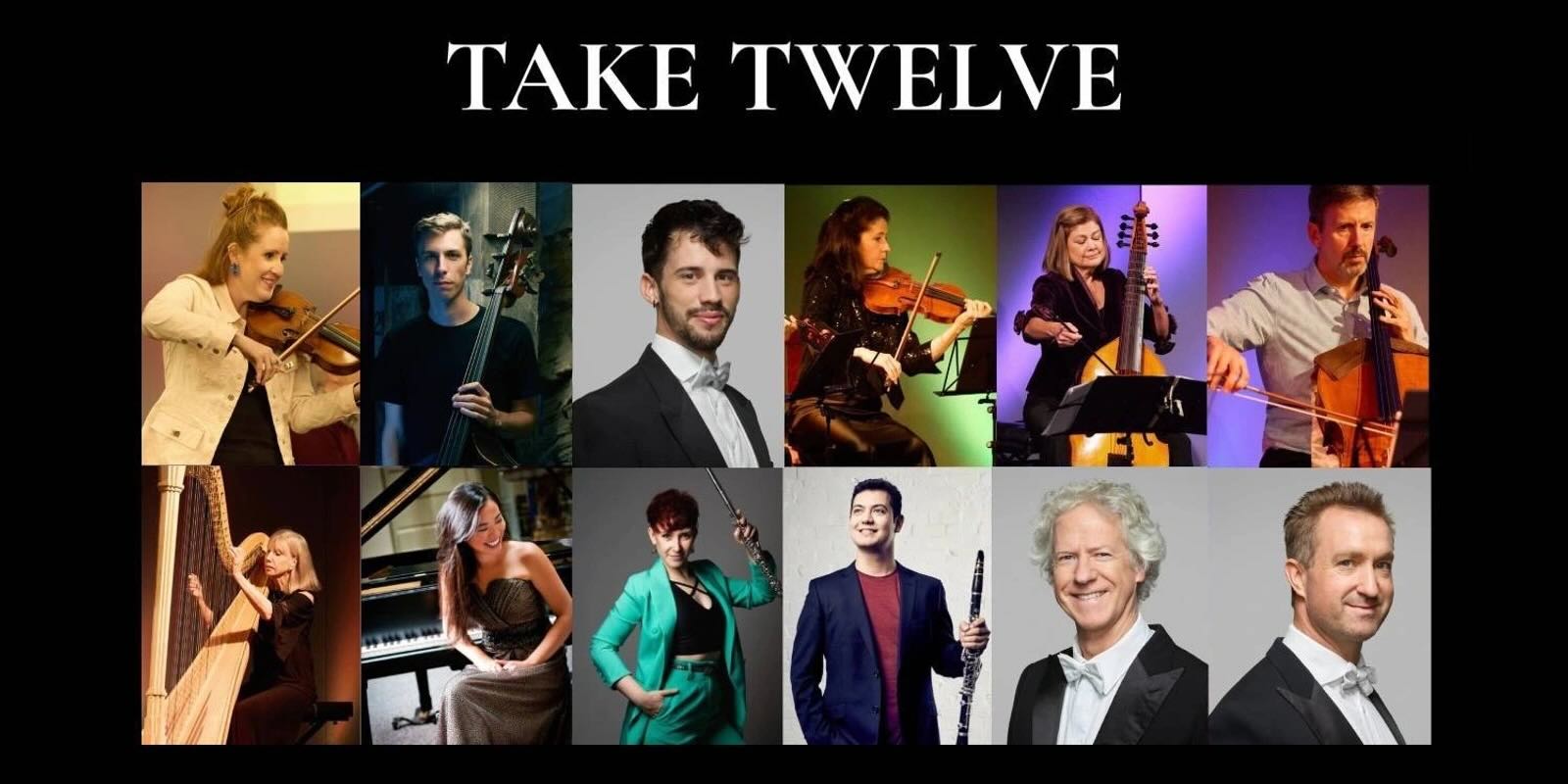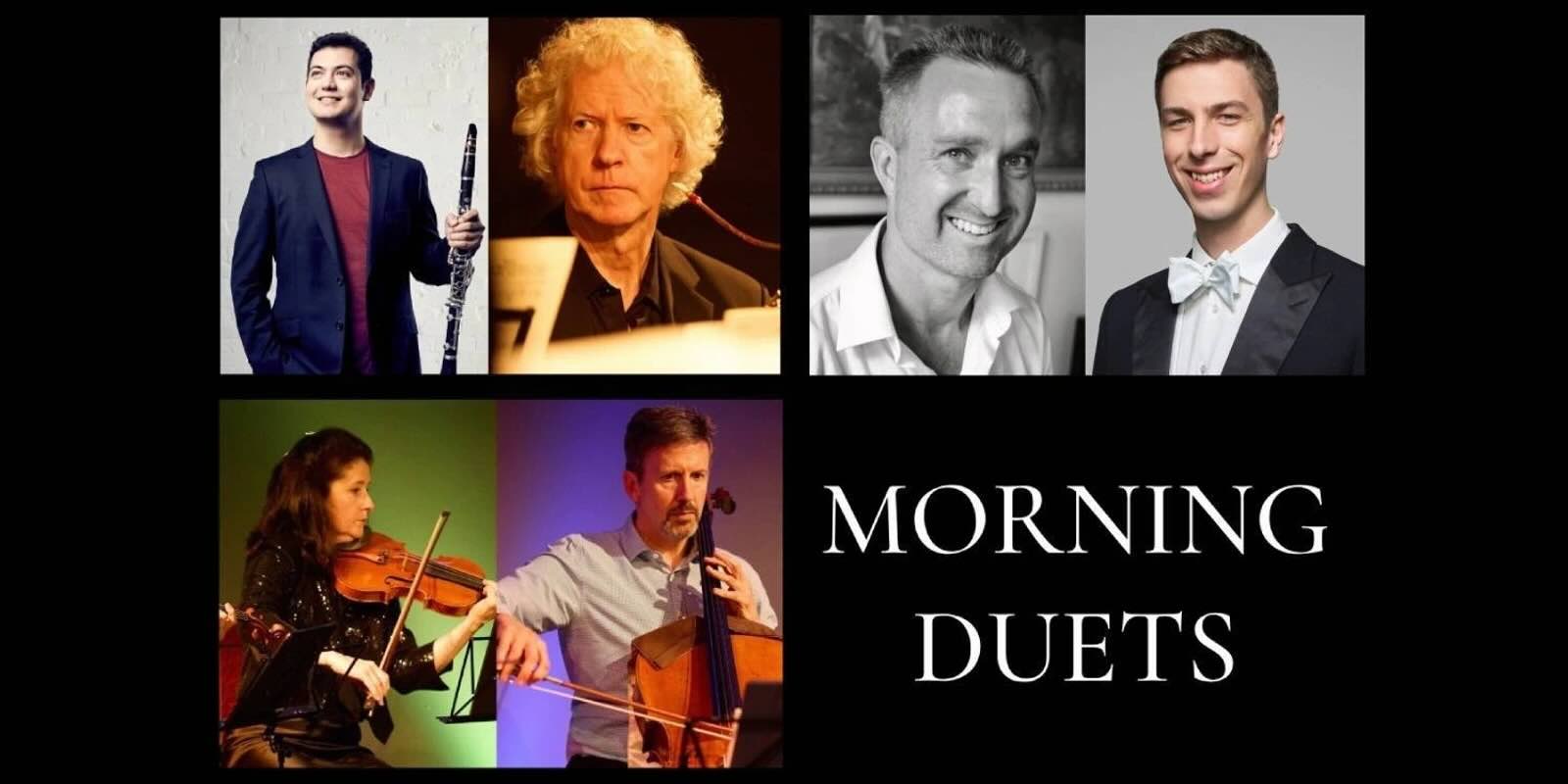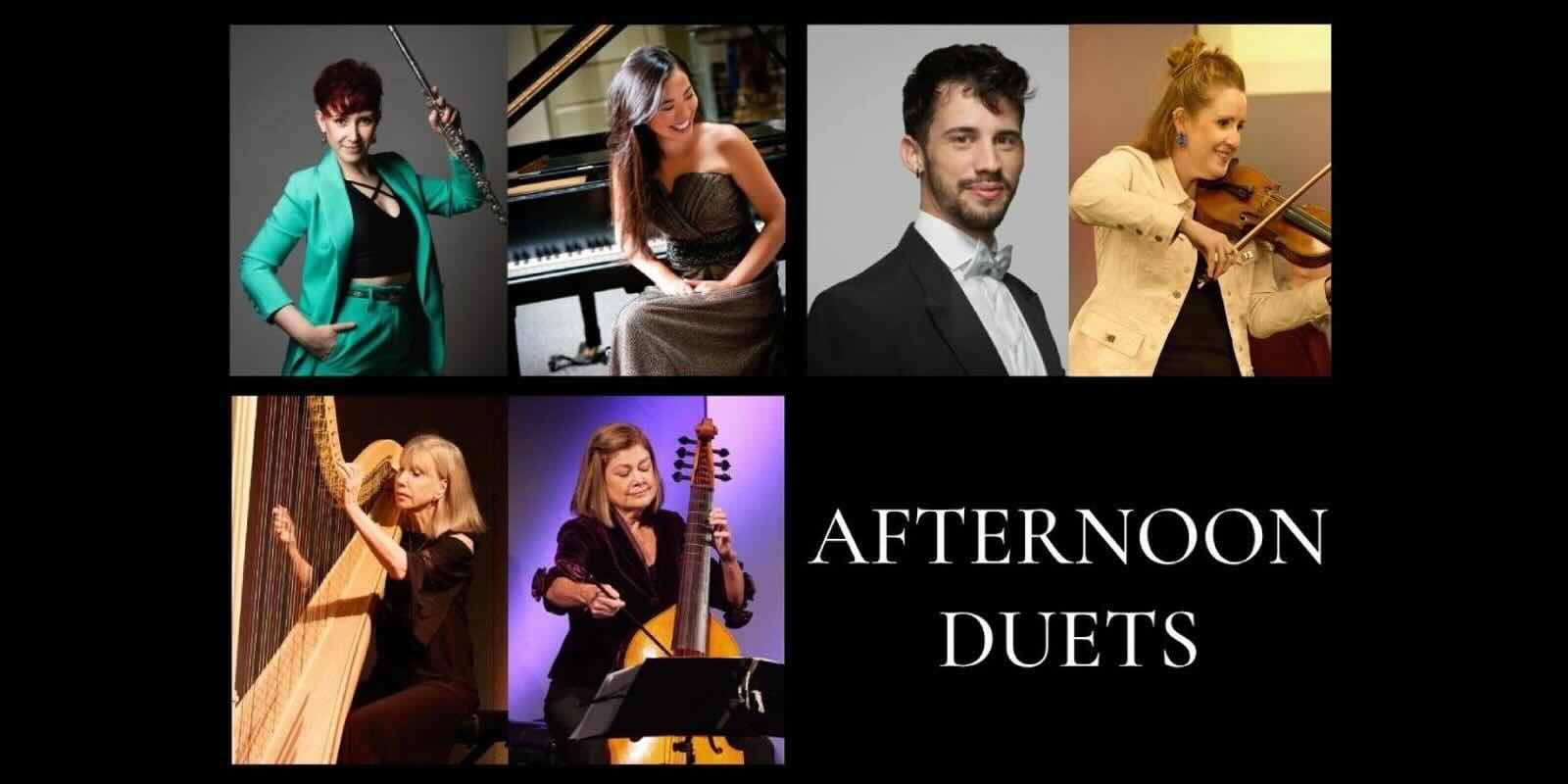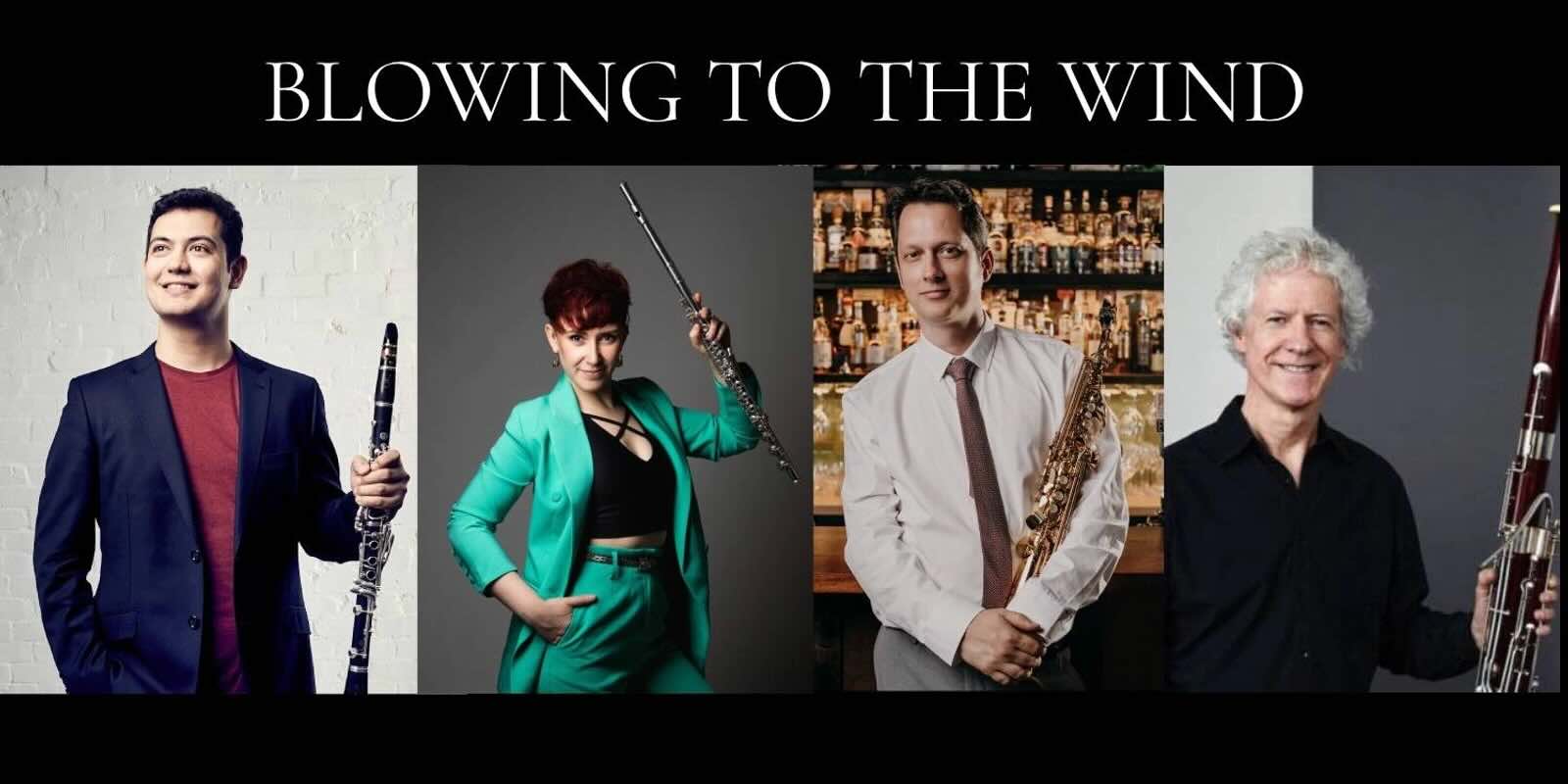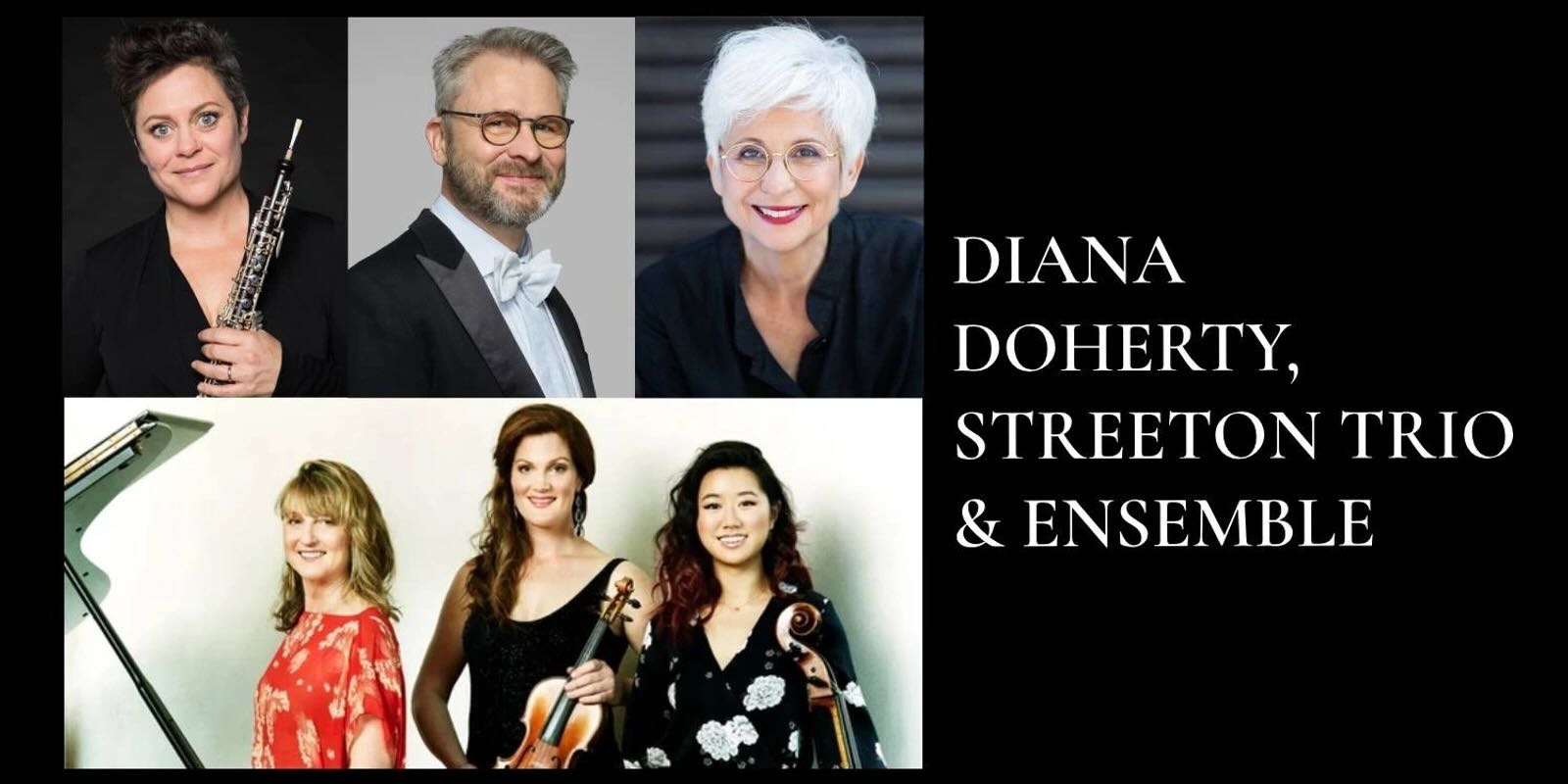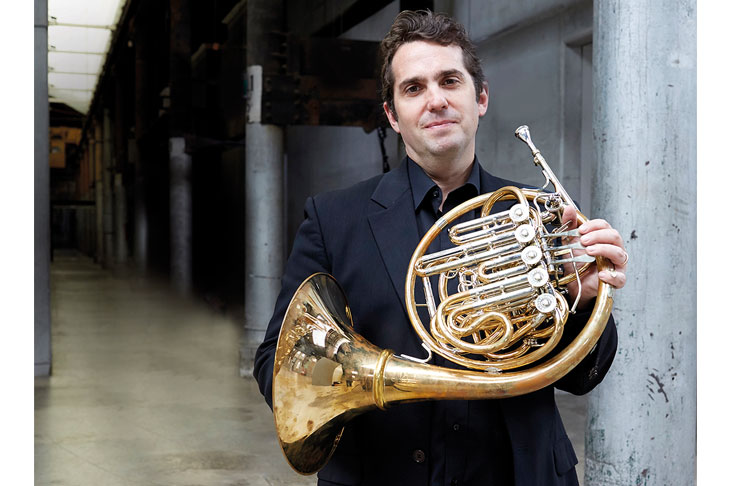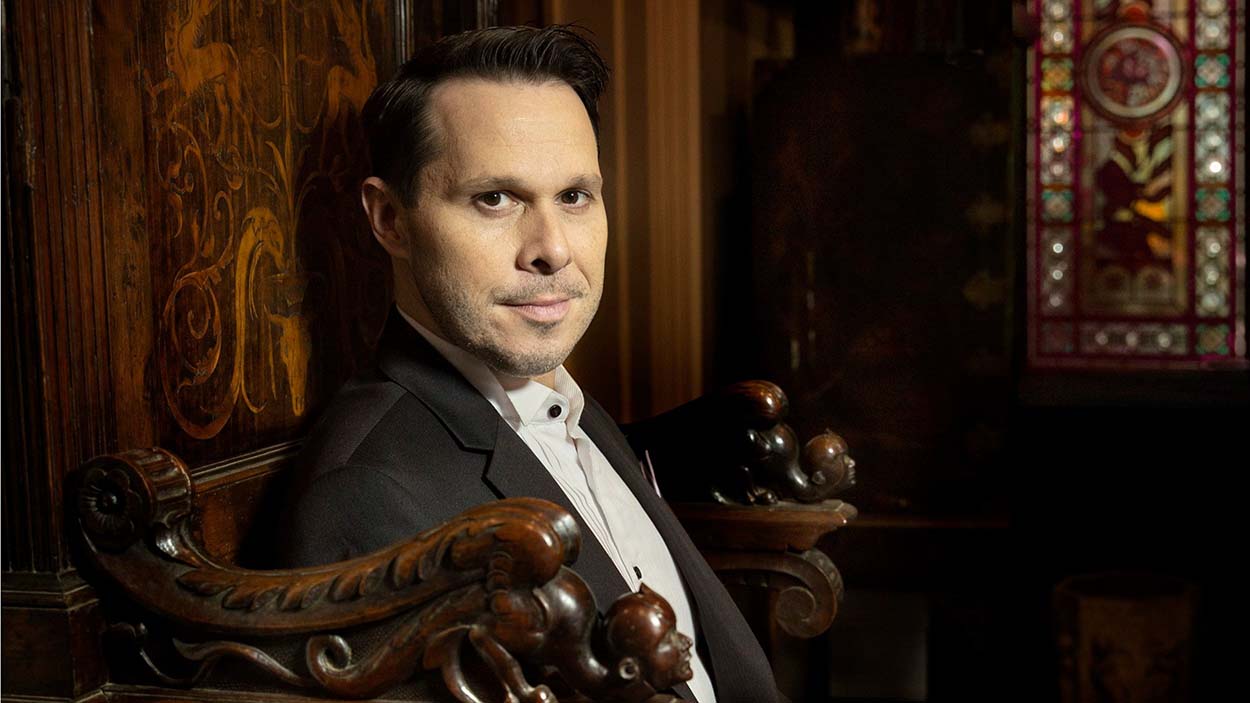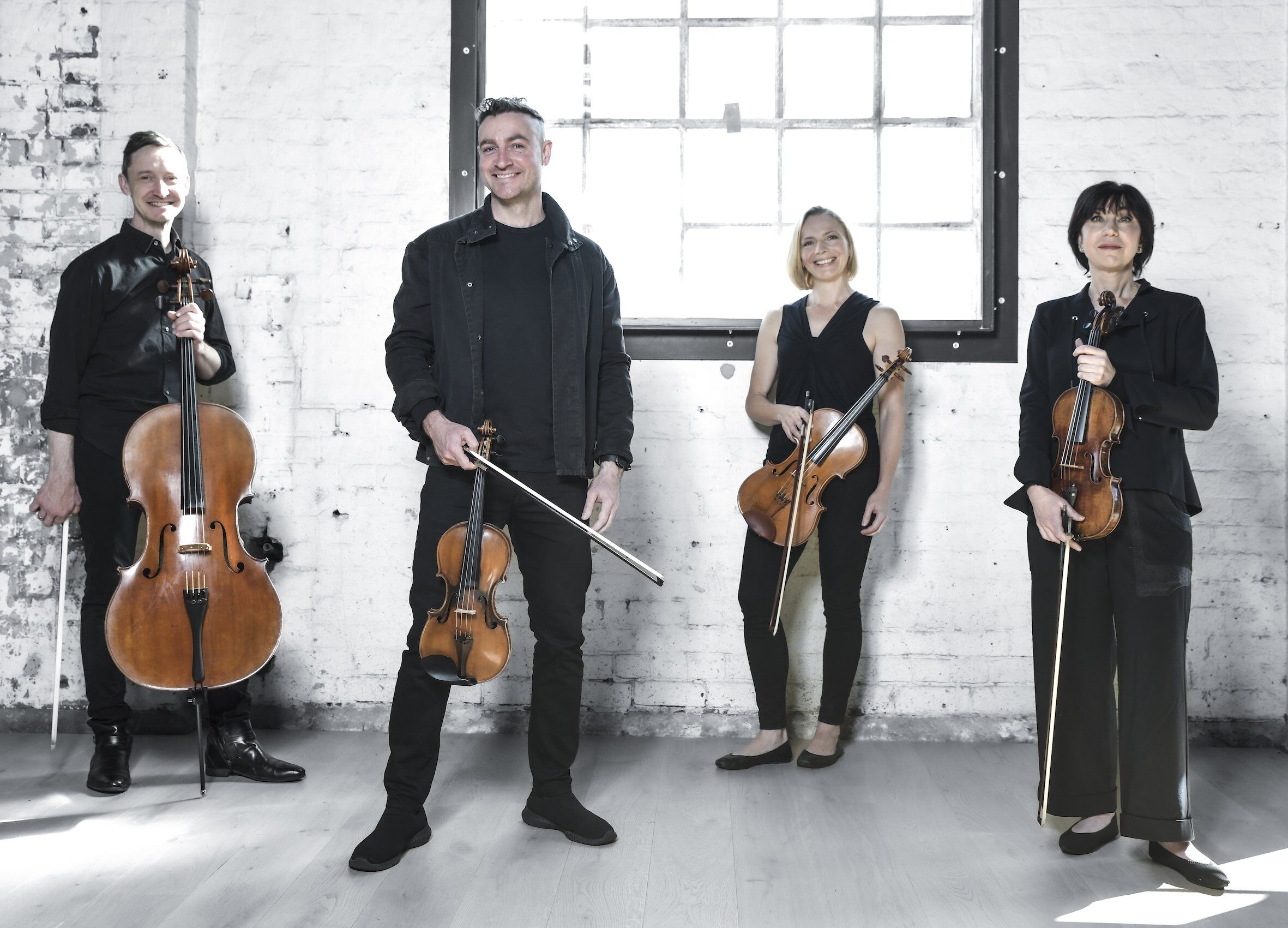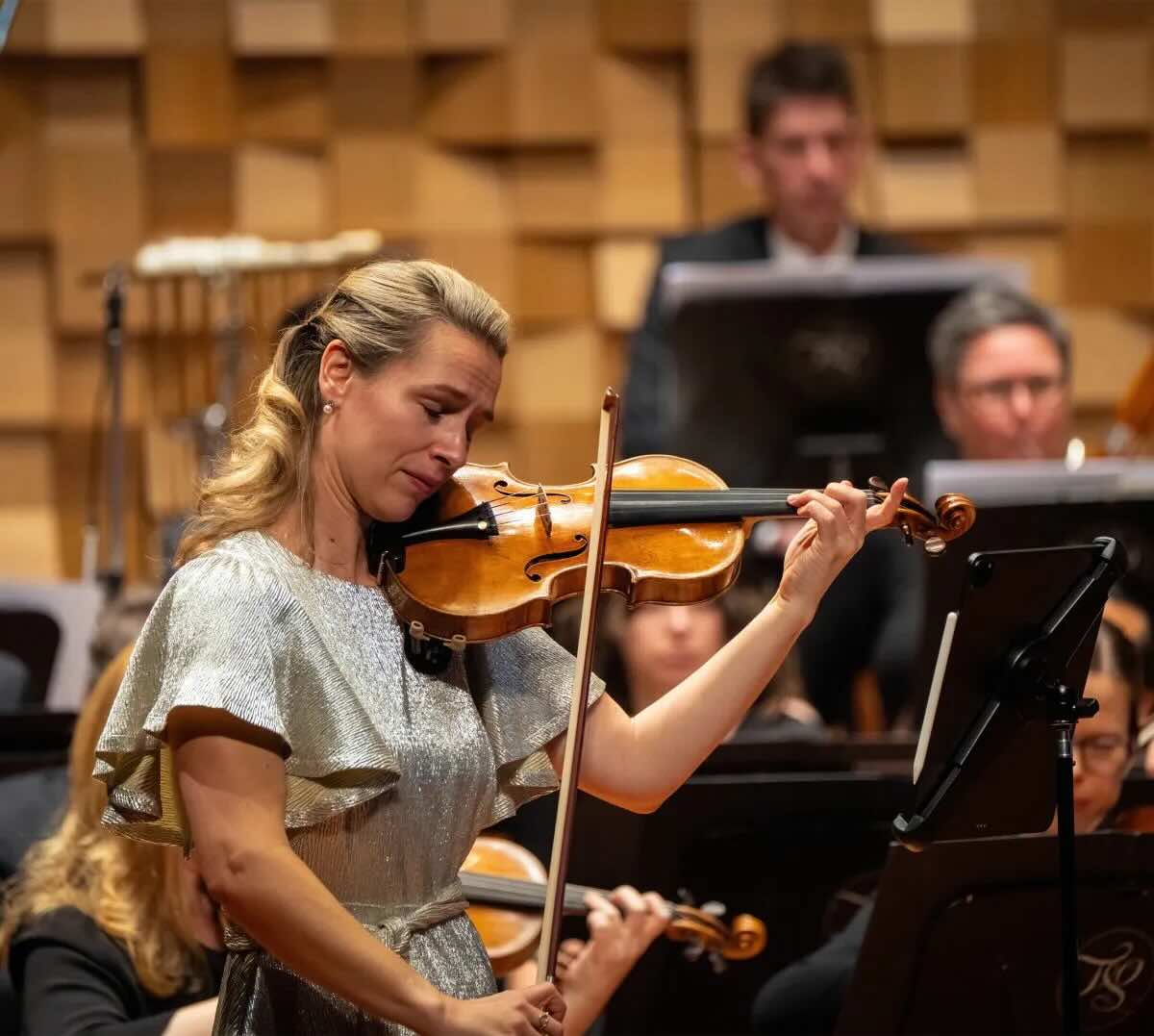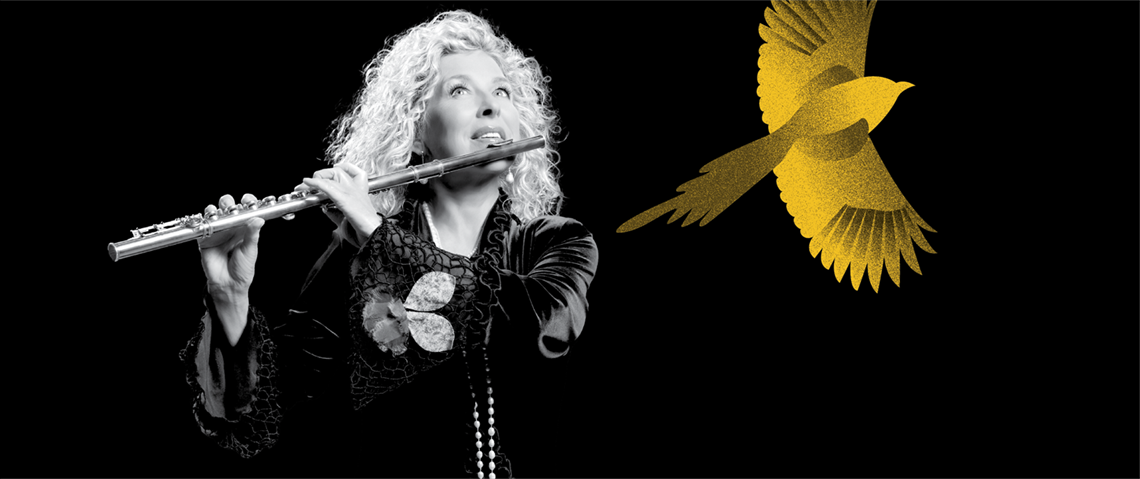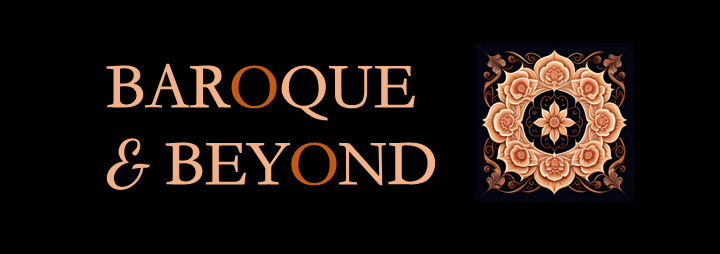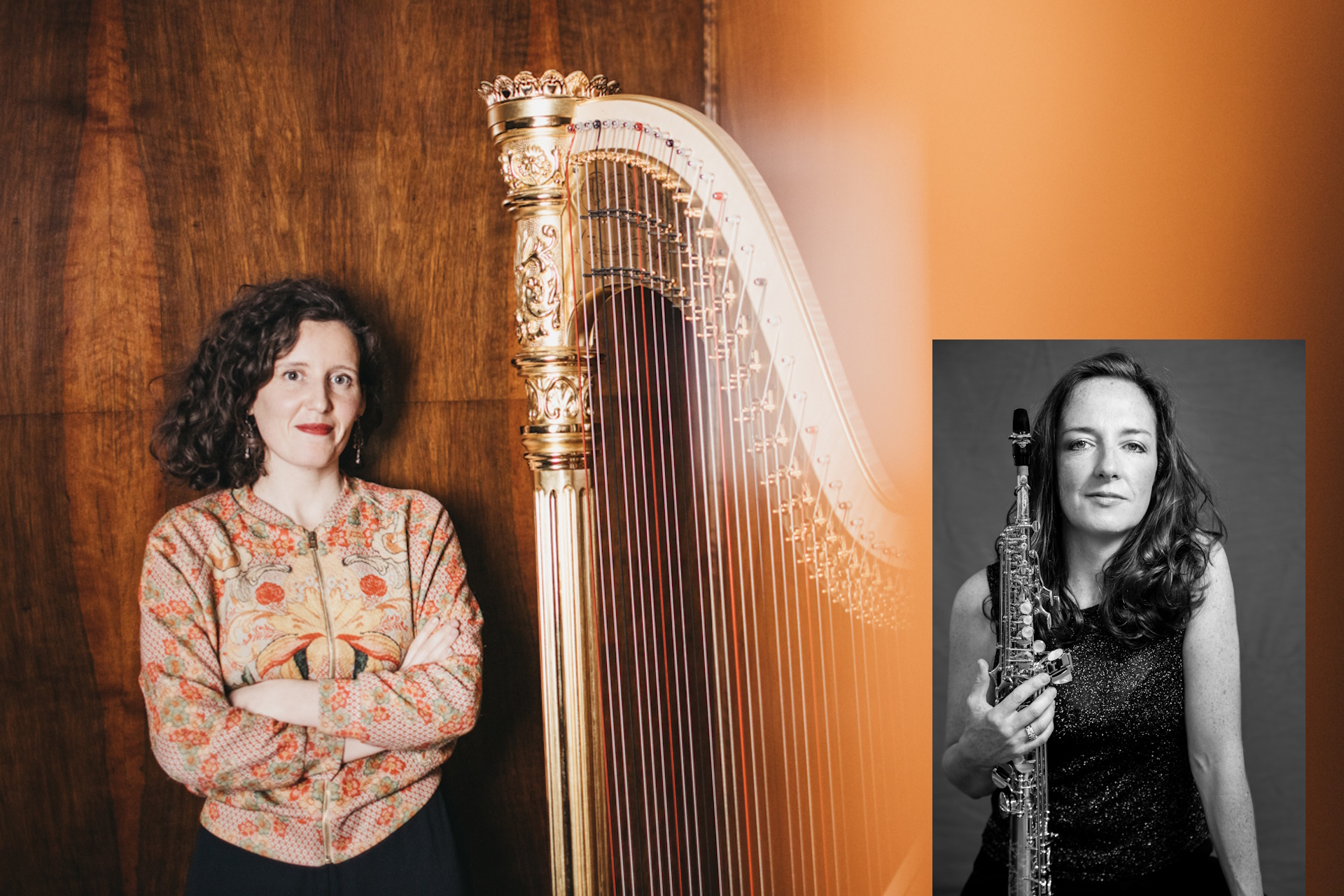Sydney Symphony Orchestra Fellows | Bach, Stravinsky and Spohr
11 April 2025, Sydney Opera House, Sydney, NSW
PROGRAM
JS Bach: Brandenburg Concerto No.3 in G Major, BWV 1048
Stravinsky: Concerto in E flat “Dumbarton Oaks ”
Monteverdi arr. Mase: Four Madrigals
Spohr: Nonet in F major, Op.31
ARTISTS
Conductor: Timothy Constable
Musicians of the Sydney Symphony Orchestra
2025 Sydney Symphony Fellows
The Sydney Symphony Fellows are the young artists in training and in mentorship with the SSO. By performing programs like this one, in collaboration with some senior members of the orchestra, they gain experience in a wide variety of music. Spanning music from around 1600 to 1938 certainly gives a tour through time.
JS Bach scored his Brandenburg Concerto No.3 for 3 violins, 3 violas, 3 cellos and Harpsichord/Violone continuo. Each part is individually scored and it might be tempting to think of it as three trios, each of violin, viola and cello. But rather unusually, Bach treats them as three trios, one trio of violins, one of violas and the third of cellos.
The violins and violas played standing up, giving the performance plenty of energy. Under the leadership of Thomas Wilson at the harpsichord, the dynamics were well thought out and tightly controlled. Unfortunately the harpsichord could barely be heard, drowned out by the modern stringed instruments, which are much louder than their period equivalents.
Before the concert began, Noah Lawrence, the (mellow) cello fellow gave a very confident and informative introductory talk. It might have been nice if, as well as asking people to turn their mobiles off, he had also asked them not to clap between movements. Natalie Mavridis played a beautiful cadenza at the Adagio chords but it was pretty much completely drowned out by the audience clapping after the first movement.
The last movement had plenty of momentum like a joyous dance; this was real cold-shiver material.
The Stravinsky Concerto in E flat is subtitled “Dumbarton Oaks” after the magnificent Washington D.C. mansion and gardens of his American patrons. It was the only work on the program that was conducted. It is in the neo-classical style, loosely based on the Brandenburg concerto we just heard. So it is not a concerto with a featured solo instrument, but rather like a concerto grosso with a group of solo instruments (“concertino”) and the full orchestra (“ripieno”). The solo instruments here were mainly the woodwinds; flute, clarinet and bassoon; combining with the horns and strings for the tutti sections. Unlike the very even phrasing of Bach’s work, the melodies here were twisted around, fragmented, harmonically and rhythmically altered as they were passed from one instrument to another. This is not easy music because of the unpredictability of metre and complex rhythms, but the young musicians really kept their wits about them and the performance was engaging, tight and concise.
The Four Madrigals by Monteverdi were arranged by Raymond Mase for a brass choir of two trumpets, French horn, trombone and tuba. There is a strong Renaissance tradition of substituting or doubling voice parts with brass and this worked well with the madrigals. In the first and third of them, the trumpeters played flugelhorns instead; giving a richer, darker tone than the otherwise bright trumpets. Sitting in the soprano range of the Italian madrigal, the upper trumpet range with the extreme blaring tone was avoided and the ensemble achieved that satisfying unified tone that brass instruments can attain when they really listen to each other and are perfectly in tune. This was brass ensemble playing at its best.
A nonet is a chamber piece for nine solo instruments, but the way Louis Spohr orchestrates and structures his Grand Nonet in F major Op.31 makes it essentially a chamber symphony. After the clear and astringent character of the earlier works in the concert, the Spohr initially strikes one as somewhat saccharine. However, it sits firmly in the Classical tradition, having been written in 1813 well after Mozart and Haydn had died, and when Beethoven was in full swing. There is lots of fun in Scherzo movement. In the Adagio movement with the beautiful and lyric playing of the violin and woodwinds, we can already see the beginnings of Romantic music.
Considering the works were already out of chronological order, perhaps it would have worked better to play the Spohr first, before any expectations were established, then followed by Monteverdi, Bach and finally Stravinsky.
At any rate the concert certainly was satisfying and if this is the quality of the future core members of the orchestra, it augurs well for the SSO.



